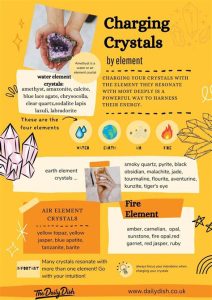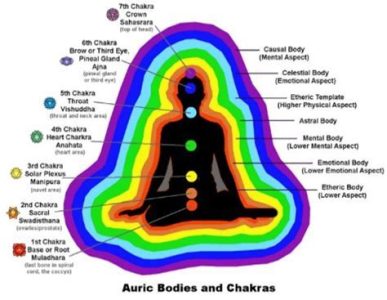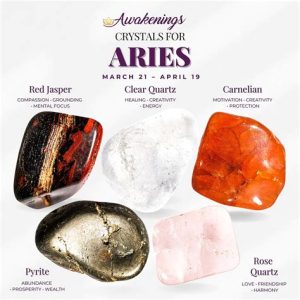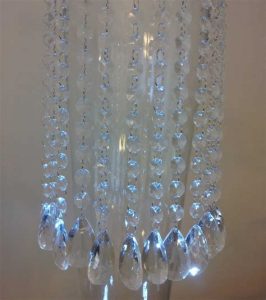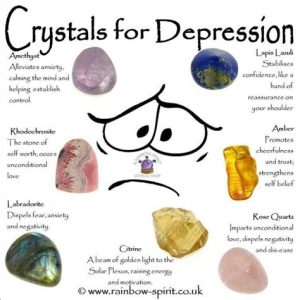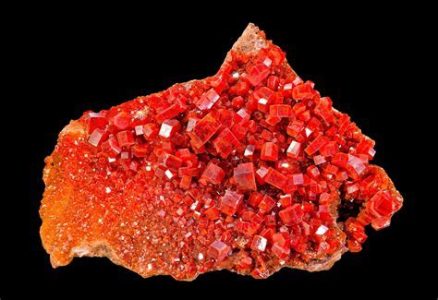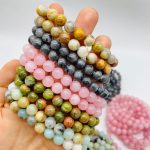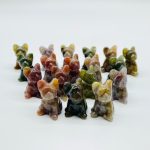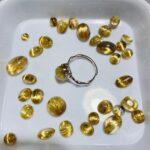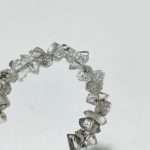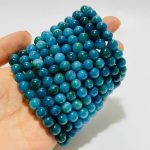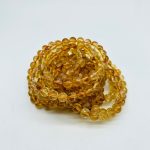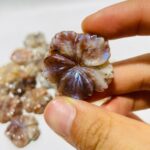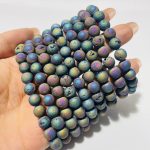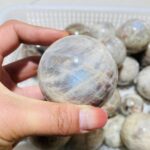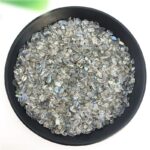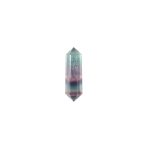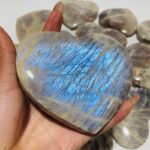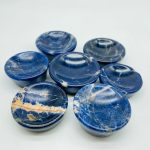Introduction
Are you wondering if the glimmering stone you found is the captivating quartz you’ve heard tales of? Or could it be a cunning imposter? In this comprehensive guide, we’ll embark on a quest to unravel the enigma of “is this quartz?” with an in-depth comparison and tips to help you confidently identify this mesmerizing mineral.

Quartz vs. Not Quartz: Key Distinctions
| Feature | Quartz | Not Quartz |
|---|---|---|
| Hardness | Mohs scale: 7 | Mohs scale: Varies |
| Color | Colorless to white | Varies greatly |
| Transparency | Transparent to translucent | Opaque to translucent |
| Crystal Structure | Hexagonal | Varies |
| Chemical Composition | SiO2 | Varies |
Hardness: The Ultimate Test
Quartz possesses an impressive hardness of 7 on the Mohs scale, making it capable of scratching glass. Any mineral that can scratch quartz is likely to be even harder, such as topaz or corundum. Conversely, if the stone can be scratched by a steel nail, it’s unlikely to be quartz.
Color: A Spectrum of Possibilities
While quartz is commonly associated with a colorless or white appearance, it can also exhibit a range of hues due to impurities. These can include purple (amethyst), yellow (citrine), pink (rose quartz), or smoky gray (smoky quartz). However, if the color is extremely vibrant or opaque, it’s probably not quartz.
Transparency: A Clear Distinction
Quartz can range from transparent to translucent, allowing light to pass through it. In contrast, many non-quartz minerals are opaque, meaning they block light transmission.
Beware of Common Imposters
Some minerals that frequently masquerade as quartz include:
- Glass
- Calcite
- Feldspar
Technological Advancements: Unraveling the Enigma
Current research in 2025 revolves around advanced analytical techniques to identify quartz with greater precision. Spectroscopic analysis and X-ray diffraction are promising tools for distinguishing between quartz and its imitators.
Understanding Customer Needs: The Quest for Certainty
Individuals yearning to authenticate quartz often seek assurance for various reasons:
- Jewelry: Verifying the authenticity of quartz gems for their intrinsic value and beauty.
- Spiritual: Identifying quartz for its purported healing properties and spiritual significance.
- Home Decor: Distinguishing quartz from other minerals for aesthetic purposes or potential therapeutic benefits.
Market Insights: The Quartz Conundrum
- Growing demand: Quartz’s allure has led to a surge in demand for both natural and synthetic varieties.
- Counterfeit concerns: The prevalence of imitations has raised concerns about the authenticity of quartz in the market.
- Technological advancements: Advancements in analytical techniques provide hope for more accurate identification.
Embracing Innovation: Creating a Brighter Future for Quartz Identification
Researchers are exploring novel methods to authenticate quartz, including:
- Nanoscale imaging: Utilizing advanced microscopy to reveal the unique surface structure of quartz.
- Laser-induced breakdown spectroscopy (LIBS): Employing laser beams to analyze the elemental composition of minerals, including quartz.
- Artificial intelligence (AI): Developing AI algorithms to classify quartz based on various parameters.
Conclusion
The enigma of “is this quartz?” has fascinated individuals for centuries. By armed with the knowledge of its key characteristics and adopting advanced analytical techniques, we can confidently unravel this mystery and appreciate the true allure of this captivating mineral. As technology continues to advance, we can anticipate even more precise methods for identifying quartz, ensuring its authenticity and empowering us to fully embrace its multifaceted beauty.

